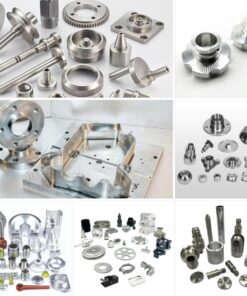-
×
 a product of silver wall brackets
1 × $10.00
a product of silver wall brackets
1 × $10.00 -
×
 a product of metal heavy duty brackets
1 × $10.00
a product of metal heavy duty brackets
1 × $10.00 -
×
 a product of square metal shelf brackets
1 × $10.00
a product of square metal shelf brackets
1 × $10.00 -
×
 a product of precision aluminum extrusion
1 × $10.00
a product of precision aluminum extrusion
1 × $10.00 -
×
 legacy cnc
1 × $450.00
legacy cnc
1 × $450.00 -
×
 a product of square drive sheet metal screws
1 × $10.00
a product of square drive sheet metal screws
1 × $10.00
Subtotal: $500.00














